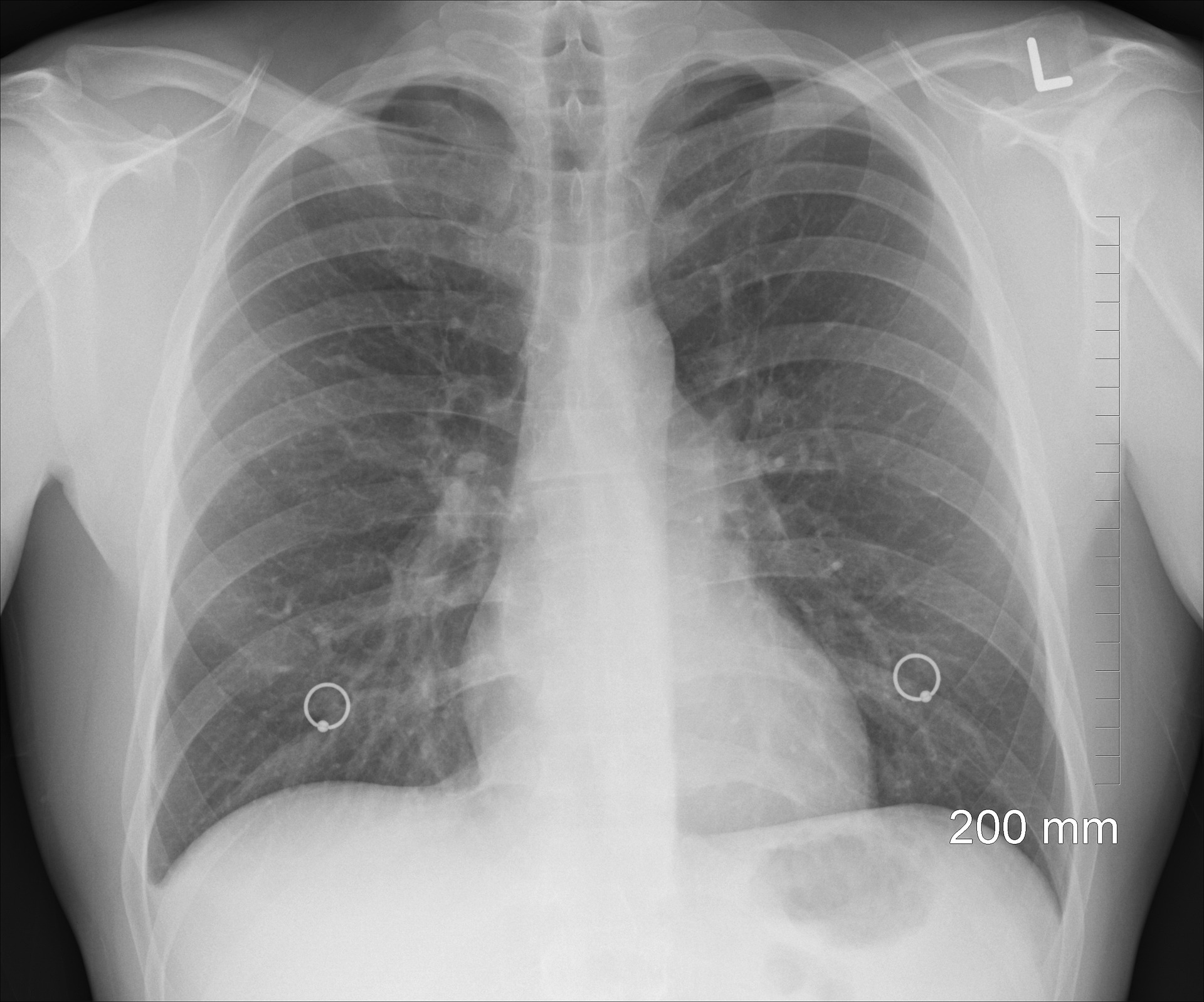Table of Contents
ToggleTuberculosis Awareness
Tuberculosis Awareness: Uncover the essential facts about this deadly infectious disease in a clear, straightforward manner. From understanding its symptoms to learning how it spreads and the available treatment options, this blog post provides valuable insights to help raise awareness and promote better understanding of tuberculosis. Whether you’re seeking information for yourself or looking to educate others, this resource offers a comprehensive overview in simple language. Stay informed and empower yourself with the knowledge needed to recognize the signs of TB and take proactive steps towards prevention and treatment. Join us on this journey to increase awareness about tuberculosis and its impact on global health.”berculosis, commonly known as TB, is a serious bacterial infection that primarily affects the lungs. It’s important to understand the basics of TB to protect yourself and others. Let’s delve into the details:

© Provided by The Independent
Understanding Tuberculosis
TB is caused by the bacterium Mycobacterium tuberculosis. It can be transmitted through the air when an infected person coughs, sneezes, or speaks, releasing bacteria-containing droplets into the air.
Recognizing Symptoms
TB symptoms can vary depending on whether the infection is latent or active. In latent TB, the infected person carries the bacteria but doesn’t experience any symptoms. However, in active TB, symptoms may include:
- Persistent cough lasting more than three weeks
- Chest pain
- Weight loss
- Fatigue
- Fever
- Loss of appetite
- Swollen glands
- Headaches
- Body aches
Risk Factors
Several factors increase the risk of TB infection, including:
- Living in or traveling to areas with high TB prevalence
- Malnutrition
- Smoking
- Excessive alcohol consumption
- Drug abuse
© Provided by The Independent
Diagnosis and Testing
Diagnosing TB involves a combination of medical history, physical examination, imaging tests (such as chest X-rays), and laboratory tests (including sputum tests and blood tests). A newly developed blood test shows promise in identifying individuals with active TB, aiding in early detection and treatment.
Treatment Options
TB is treatable with antibiotics, but treatment duration can be lengthy to ensure complete eradication of the bacteria. Treatment for latent TB typically lasts three to six months, while active TB treatment may extend to at least six months. In cases where the central nervous system is affected, treatment may last up to 12 months.
Importance of Early Detection and Treatment
Early detection and treatment of TB are crucial for preventing the spread of the disease and reducing the risk of serious complications, including death. If you experience symptoms suggestive of TB or believe you may have been exposed to the bacteria, seek prompt medical attention.
Public Health Measures
Public health efforts play a vital role in controlling the spread of TB. Screening programs, vaccination (such as the Bacillus Calmette-Guérin vaccine), and education about TB prevention and treatment are essential components of TB control strategies.
Spreading Awareness
Spreading awareness about TB is key to combating the disease. By educating yourself and others about the symptoms, transmission, and prevention of TB, you can contribute to reducing its impact on communities worldwide.
Conclusion
Tuberculosis remains a significant global health challenge, but with awareness, early detection, and effective treatment, its impact can be minimized. Stay informed, stay vigilant, and together, let’s work towards a TB-free world.
Remember, tuberculosis awareness is not just a one-time effort. It’s an ongoing commitment to educating ourselves and others, advocating for better healthcare access, and supporting initiatives aimed at TB prevention and treatment.
ALSO READ: